How the Space Race Altered Art in the Americas
Space exploration and the science fiction imagination of alien encounters out in the stars reached their peak of optimistic possibility between the 1940s and 1970s, culminating with the first moon landing in 1969.

Space exploration and the science fiction imagination of alien encounters out in the stars reached their peak of optimistic possibility between the 1940s and 1970s, culminating with the first moon landing in 1969. In Past Futures: Science Fiction, Space Travel, and Postwar Art of the Americas at the Bowdoin College Museum of Art in Brunswick, Maine, the impact of that potential and its complicated legacy is questioned through 60 artworks.
As the title emphasizes, Past Futures isn’t just concerned with the influence of the space race on the United States, where the Apollo missions launched men onto the moon, but on all of the Americas where, no matter the distance, the three postwar decades of technology and its apprehensions influenced the rise of science fiction in art. In addition to the museum exhibition, Past Futures also examines these issues in an online interactive site.
“When it comes to science fiction and representations of the future, Latin American artists have generally preferred to celebrate the marvels of the world and to extol the most sublime human creations and ideas, but without forgetting to call attention to potential misuses,” Miguel Ángel Fernández Delgado, co-editor of the Alambique academic journal of science fiction and fantasy at the University of South Florida, writes in the accompanying catalogue published by MIT Press.

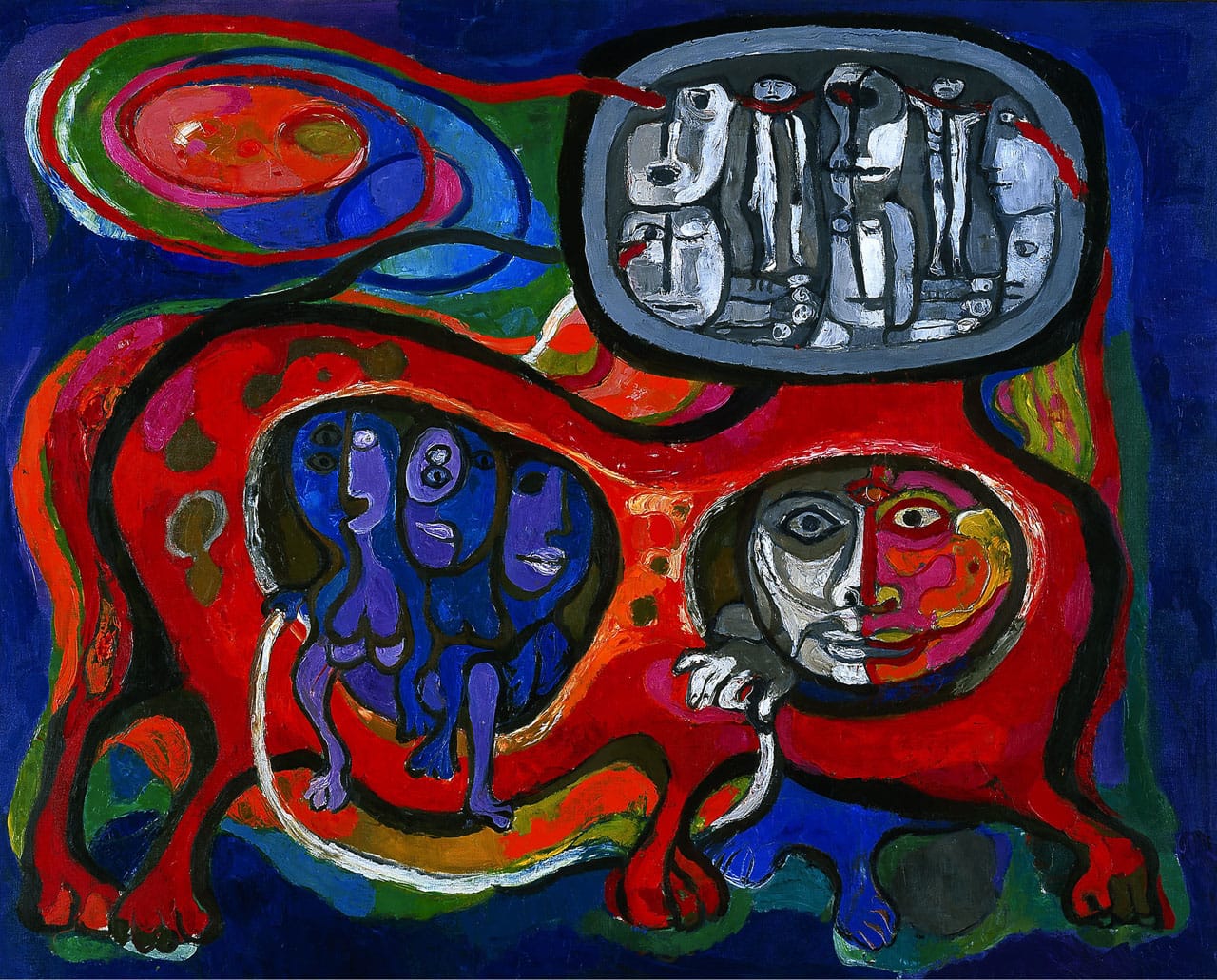
Harshly-cut 1960s wood reliefs by Carlos Colombino of Paraguay feature cosmonauts with Spanish conquistador-like helmets, from which tentacle feelers emerge — an unease that contrasts this future with the weight of history under an ongoing military dictatorship. Others like Raquel Forner of Argentina embraced the unifying hope of space travel; from her 1960s Moon series to her death in 1988, she filled vibrant paintings with strange alien scenes. “When man sees the smallness of our planet, he will realize we need to change our philosophy,” she once stated.
“Some science-fiction narratives from Latin America reveal distrustful attitudes toward technology, as technology was considered an imported intrusion and disruptive to the region’s social fabric,” curator Sarah J. Montross writes in the catalogue. “Mythic narratives regarding the ‘conquest’ of the Americas and its colonial history form the backdrop of many science-fiction stories.”



The exhibition contrasts this with art from North America, where often access to scientific space imaging was more available, such as Nancy Graves who through a 1971 NEA grant studied NASA lunar maps for her meticulous abstract paintings. Some artists engaged with South America as a sort of extraterrestrial planetary analogue, like Peter Hutchinson in 1970 who journeyed to a Mexican volcano, surrounding it with bread in lines that stretched 250 feet long, and watching until six days later when orange mold grew from the food’s surface in this supposedly lifeless place. A year prior, Robert Smithson embarked on his own expedition into the nine Mayan ruin locations on the Yucatán peninsula, a “kind of alien world,” as he described it, and installed 12 mirrors to disrupt the sense of time.
Alongside this art, Past Futures features the project of two contemporary Latin American artists who continue to explore how the heyday of space travel can be a mirror for our life on Earth. Mexican artists and brothers Ivan Puig and Andrés Padilla Domene rode 9,000 kilometers of abandoned rails from 2010 to 2012 in their SEFT-1 vehicle, framing their journey as a spaceship voyage into a past future where this infrastructure once promised better mobility for their country. As Kemy Lin recently wrote in her recent “The 1969 Lunar Landing: One Giant Leap for Art” essay on Hyperallergic, the moon landing pushed “the boundaries of art on Earth in order to grapple with the new possibility of voyaging thousands of miles toward and across the lunar terrain.” Decades later, as Past Futures shows, artists are still sifting through the complicated artifacts of that period, where technology was surging through the Space Race and Cold War, offering both hope for world cooperation and anxiety about its divisions.
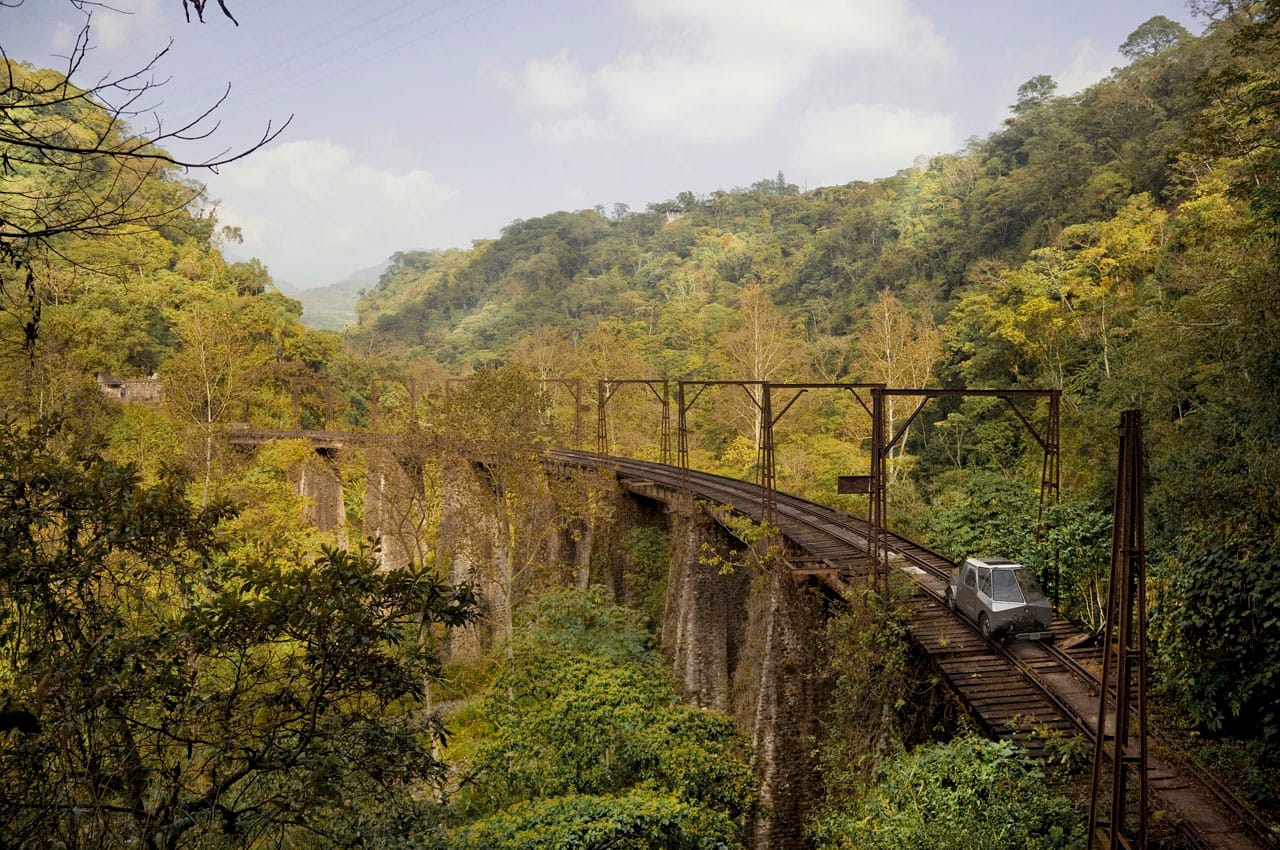
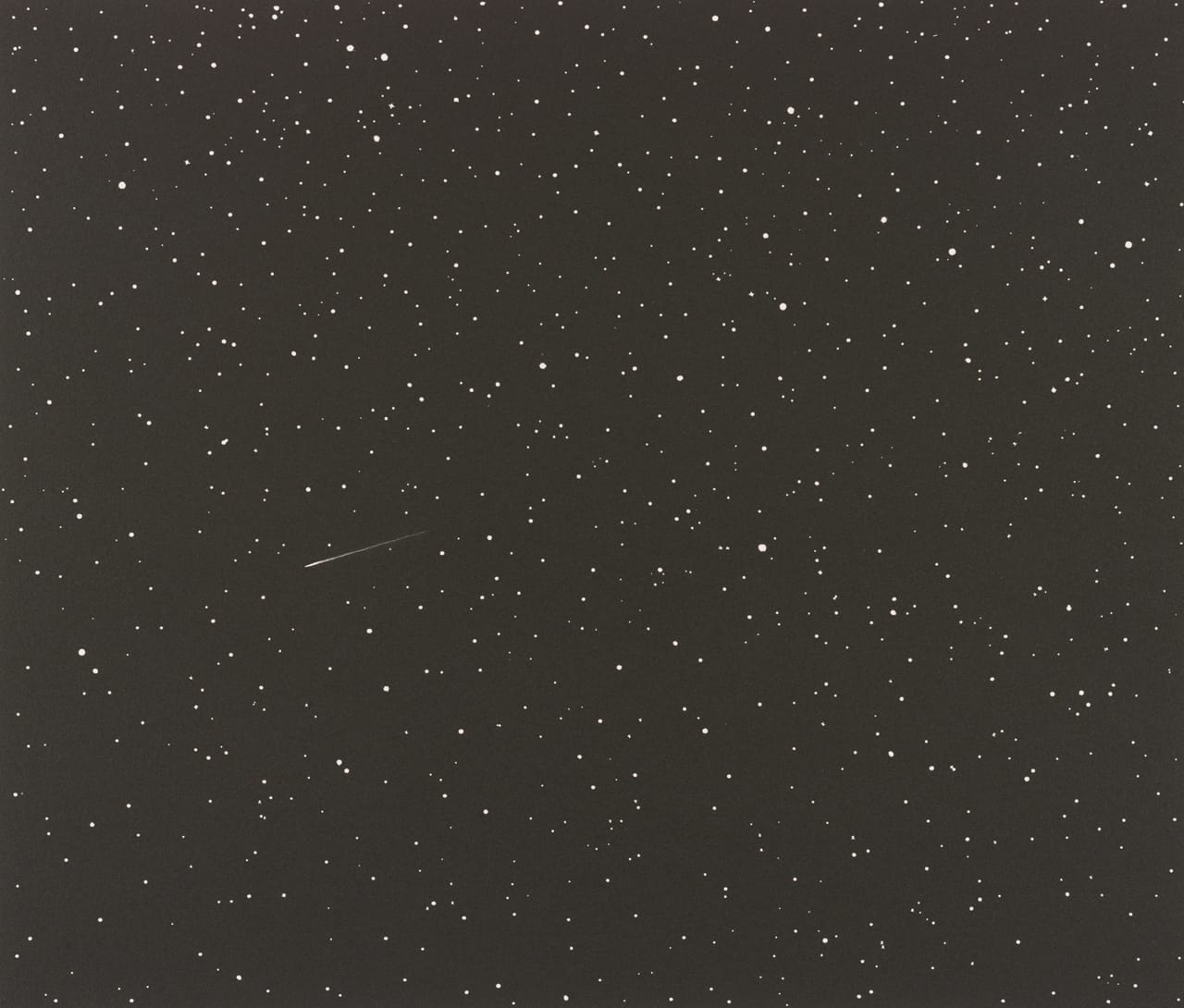

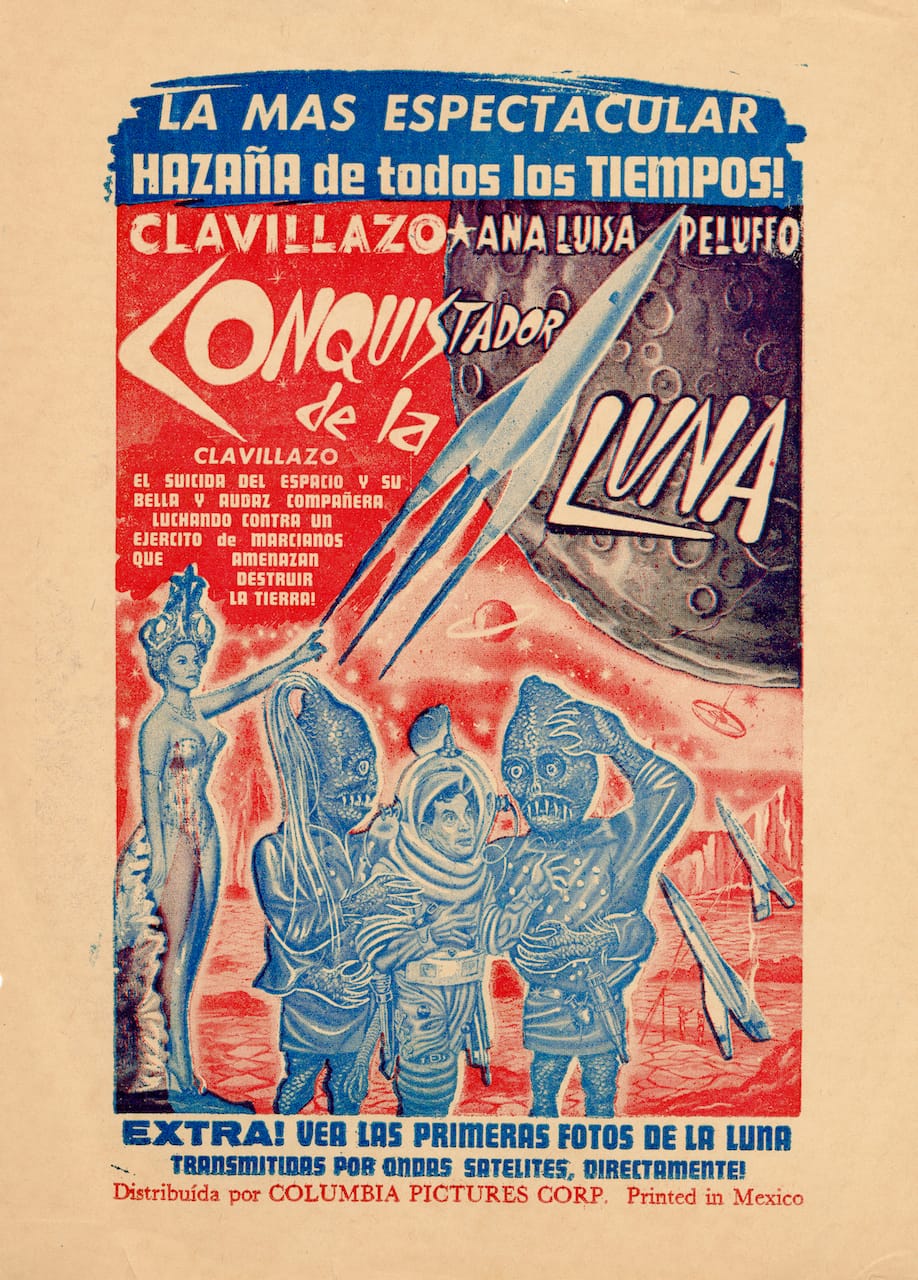
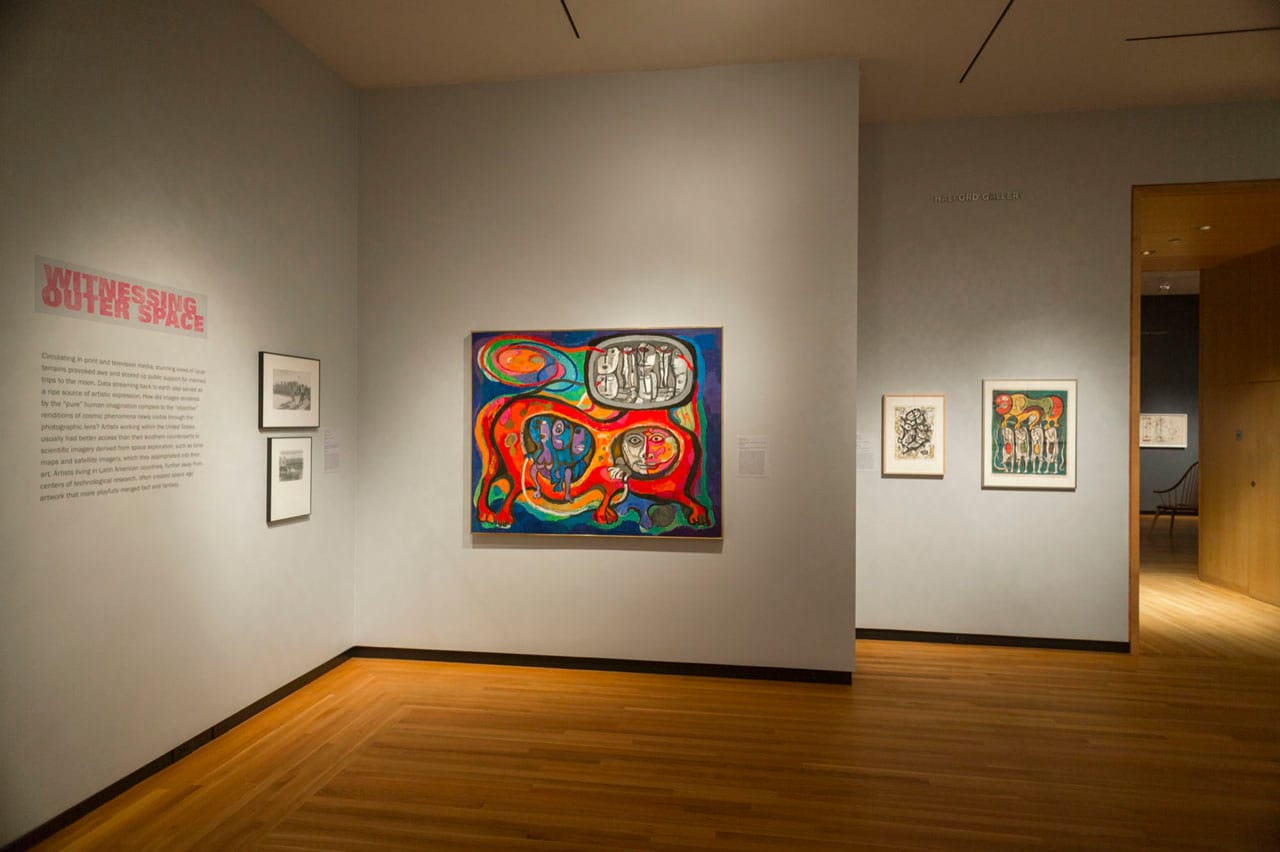


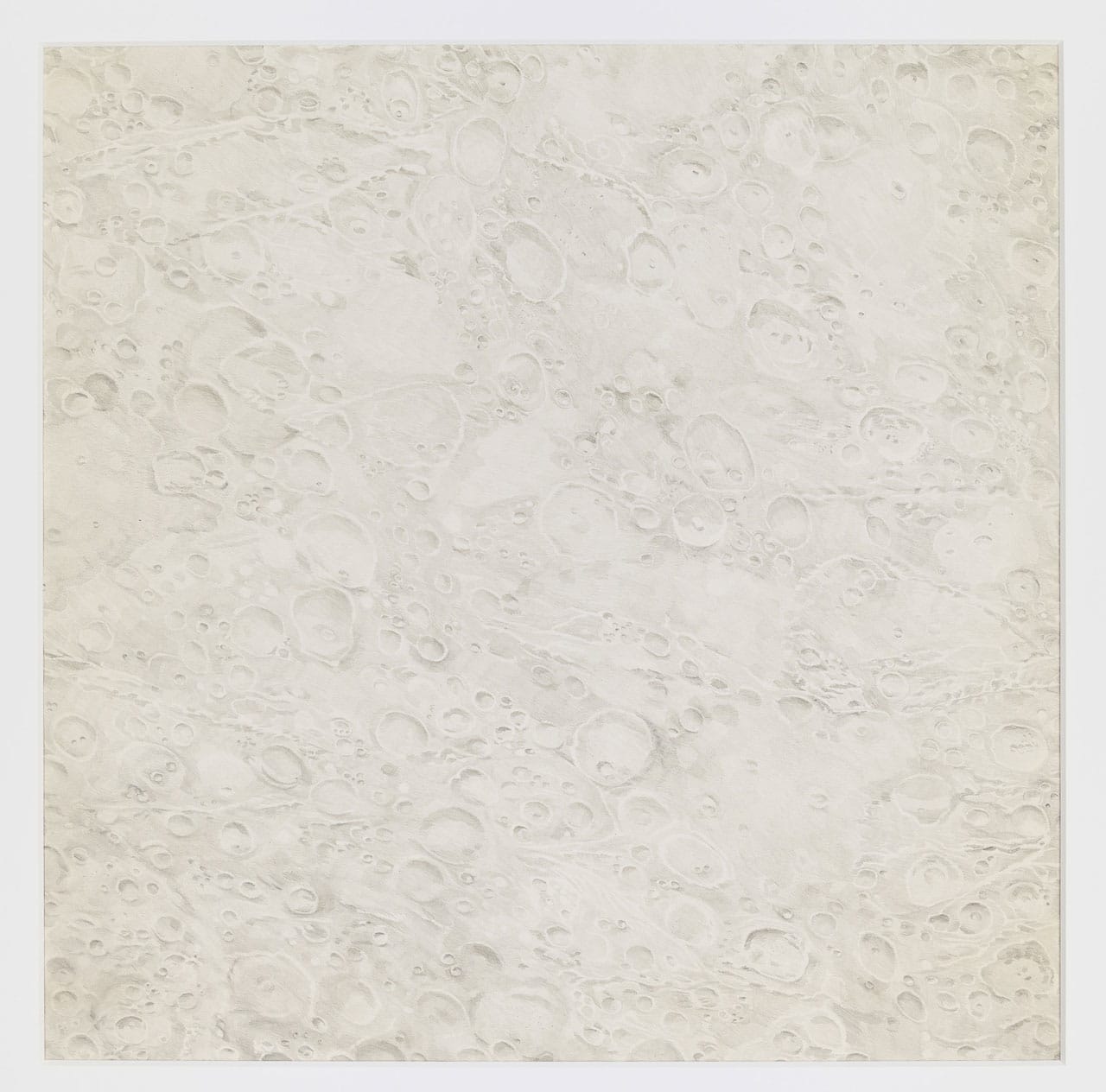
Past Futures: Science Fiction, Space Travel, and Postwar Art of the Americas continues at the Bowdoin College Museum of Art (9400 College Station, Brunswick, Maine) through June 7.





